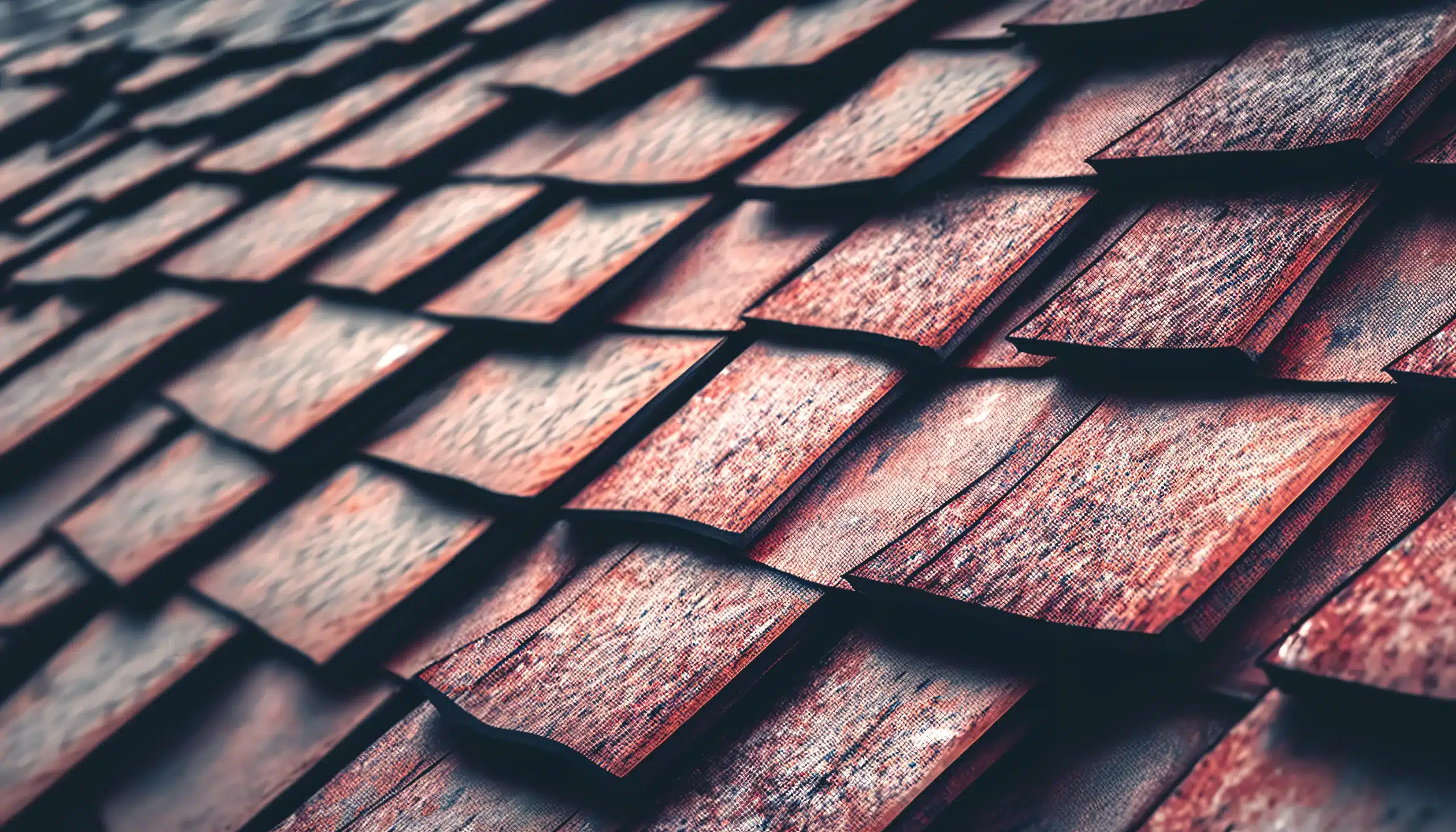Just had your roof replaced through home insurance? You’re not alone. Many homeowners feel a mix of relief and confusion once the work wraps up. The project may be over, but your job isn’t quite done. Ensuring you have proper documentation, completing follow-up steps, and planning for maintenance can protect your investment for years to come.
Here’s a comprehensive post-roof replacement checklist to guide you through what to do after your roof is done with home insurance.
Confirm Completion with Your Roofing Contractor
Once the final shingle is nailed down, it’s important to officially close out the project with your contractor. Begin by walking the property together and reviewing the roof and surrounding areas to ensure all work is complete and cleanup has been done properly. Then, request a final invoice that clearly shows the total cost, what was covered by insurance, and any out-of-pocket expenses you may have incurred. Be sure to also get a certificate of completion. This document is often required by your insurance company to release the final payment to your contractor, and it also serves as proof that the job was finished as agreed upon.
If you’re unsure about any of these steps, it’s always a good idea to speak directly with your roofing contractor to clarify expectations and make sure all paperwork is in order. This final meeting with your contractor is an opportunity to address any last-minute questions and build a solid understanding of the work completed.
Need help understanding the roof replacement insurance process? We’ve got a full guide to walk you through it.
Gather and Organize Final Paperwork
Proper documentation is your best friend if issues arise later or if you plan to sell your home. Start by collecting all relevant paperwork, including insurance claim documentation, the final invoice from your roofer, photos of the finished roof, the certificate of completion, and any warranty documents related to both materials and workmanship.
Consider using a digital folder on your computer or cloud storage service to scan and store these documents. Label everything clearly by date and description, so you can easily locate them when needed. It’s also a good idea to keep a printed copy in your home records for quick reference. Staying organized can make a big difference in case of future claims, maintenance work, or property sales.
Notify Your Insurance Company
After the roofing work is done, it’s your responsibility to inform your insurance provider that the project is complete. They may request several items from you, including a copy of the certificate of completion, the final invoice from your contractor, and photos of the completed roof from multiple angles. Once you’ve submitted all the required documents, the insurance company will issue the final release payment if applicable. This payment ensures the contractor receives any remaining funds still owed.
Notifying your insurer is a key part of managing your home insurance roofing claims and ensuring your file is closed in good standing. Follow the process carefully and respond promptly to any follow-up questions from your insurance adjuster. Keep a copy of all correspondence and confirmations to avoid confusion later. For more details on your rights and responsibilities in the insurance process, visit the National Association of Insurance Commissioners. Their resources can help clarify what’s required when insurance roof work is complete.
Understand and Register Your Warranties
Many homeowners forget this critical step, but it’s one of the most important things you can do to protect your investment. Most roofing materials, such as shingles, come with manufacturer warranties. These often require registration within a specific timeframe to be valid. To register your warranty, visit the manufacturer’s website, such as Owens Corning warranty information, and fill out the required forms using information from your invoice and contractor.
Additionally, check if your roofing contractor offers a separate workmanship warranty, which covers any installation-related issues. Be sure to ask about the coverage period and what is included or excluded. Store all warranty documents securely in both digital and physical formats so you can refer to them easily. Don’t skip this step—roof warranty registration is your backup in case anything goes wrong with your roof materials or installation.
Review the Roof with the Contractor

Before you consider the job done, take time to do a detailed walkthrough with your contractor. During this review, inspect key components of the roof including flashing around chimneys and vents, gutter systems, and attic ventilation. If your home has satellite dishes or solar panels, ensure they were properly reinstalled and functioning correctly.
This process acts as an informal after roof inspection, giving you peace of mind that every aspect of the job meets professional standards. Discuss any concerns you have, such as loose materials or visible gaps, and request written documentation of any pending fixes. Taking time to review the roof carefully allows you to catch small issues early before they become larger problems.
Start a Preventive Maintenance Plan
A new roof doesn’t mean you can ignore it for the next 20 years. To protect your roof investment, start a routine maintenance plan. This includes scheduling yearly inspections; spring or fall are ideal times of year when weather is milder and problems can be addressed before extreme conditions arrive. Regular maintenance also means keeping your gutters clean and clear of leaves, twigs, and other debris that can cause water backup and damage.
If you have large trees near your roof, trim back overhanging branches to prevent impact damage and excess shading, which can lead to mold or moss buildup. After any significant storm, do a quick visual check for loose shingles, dents, or debris accumulation. These small actions will extend the life of your roof and reduce the risk of costly repairs.
You can also book a free roof inspection today to stay ahead of potential issues. Partnering with a trusted local roofing expert means you’ll always have someone to call if something goes wrong.
Take Steps to Protect the Roof Investment

Don’t let your hard-earned home insurance claim go to waste. Use these steps to keep your roof performing well and maintain your peace of mind. Begin by documenting everything thoroughly and storing those records safely. Register all warranties within the required timeframes to ensure you have full protection. Perform annual maintenance tasks and routine inspections to spot issues before they escalate. And finally, maintain an ongoing relationship with a reputable roofing contractor so you know who to contact when questions or concerns arise.
Want to learn more about roof replacement costs and processes? We’ve broken it down for you in an easy-to-read guide.
Frequently Asked Questions
What should I do after my roof replacement?
Make sure all work is complete by reviewing the job with your contractor. Organize your documentation including invoices, photos, and warranty papers. Notify your insurance provider and submit any required paperwork. Register warranties and begin a consistent maintenance plan to protect your roof.
How do I get documentation for my roof replacement?
Your contractor should provide you with a final invoice, a certificate of completion, and any applicable warranty paperwork. You should also take your own photos of the completed roof and gather any insurance claim documentation for your records.
Do I need a final inspection after roof work is done?
Yes. It’s wise to walk through the project with your contractor as a final review. Some municipalities or insurance companies may also require an official inspection. This helps confirm quality standards and addresses any unfinished work.
Should I register my roof warranty?
Absolutely. Many manufacturer warranties require online registration within a certain time frame. Without registering, your warranty might not be valid. It’s a simple but crucial step that gives you long-term protection.
What maintenance is needed after getting a new roof?
You should clean gutters regularly, especially after fall and heavy storms. Check for loose shingles, trim back trees, and schedule annual inspections. Staying proactive helps prevent minor issues from becoming major problems.
Feeling uncertain about what to do after roof replacement? Let Lone Wolf Siding & Roofing help. Book a free inspection today and keep your home protected long after the shingles settle.







